Insulated glass, also known as double glazing or IGU (Insulated Glass Unit), is a type of glass that consists of two or more glass panes separated by a spacer and sealed to create an insulating air space. This design significantly enhances thermal and acoustic insulation compared to single-pane glass.
Certifications
ISO9001:2015 | ANSIZ97.1-2015 | AS/NZS2008:1996 | EN14449:2015+AC:2005
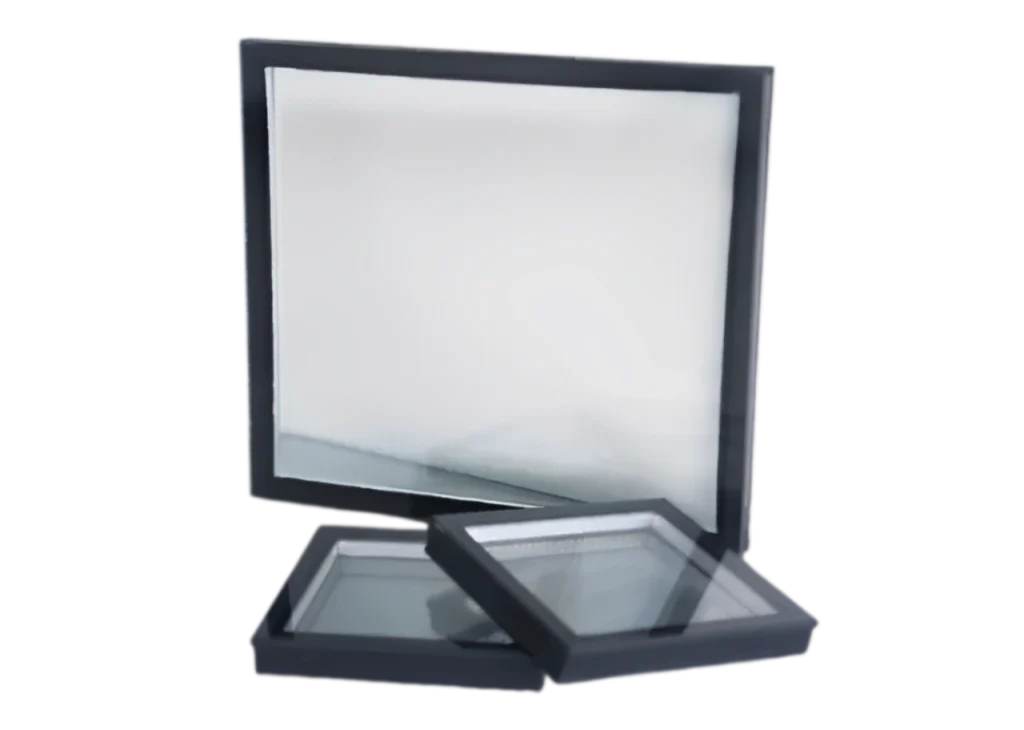
Our insulated glass can be customized with different thicknesses and colors of glass, varying thicknesses of the air space, different types of gases, and more. This ensures that our glass solutions can perfectly meet your specific needs.
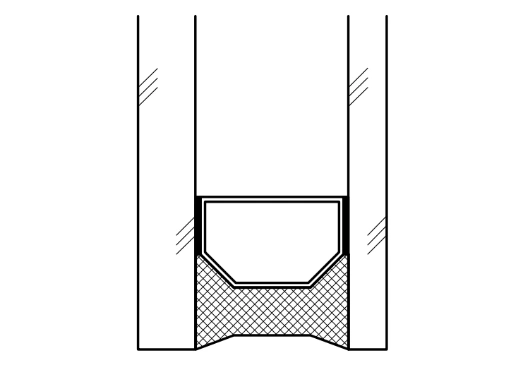

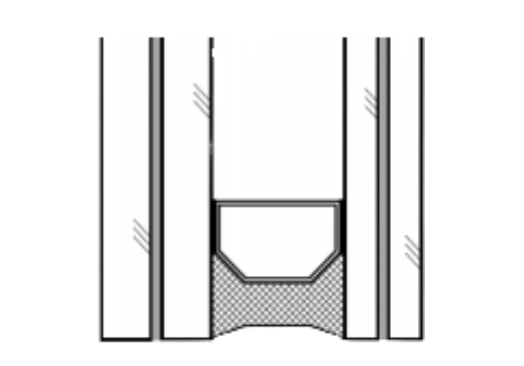
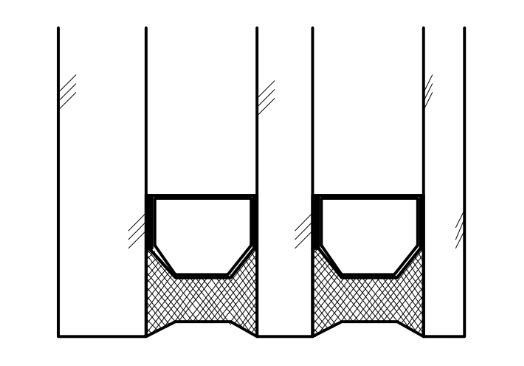
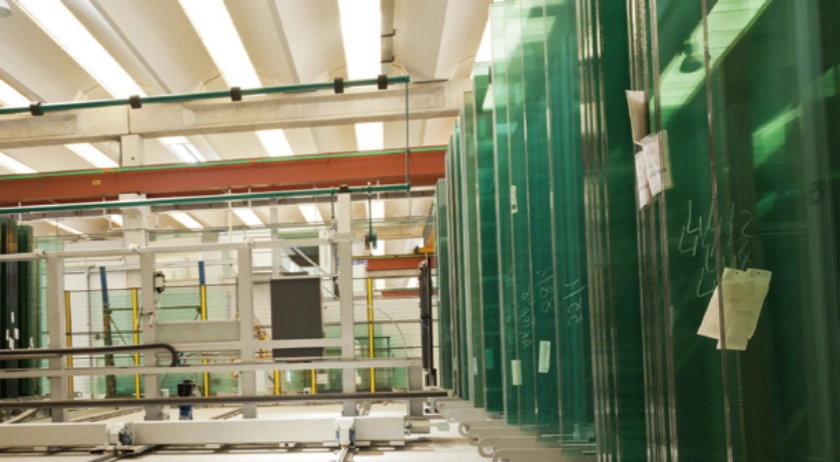
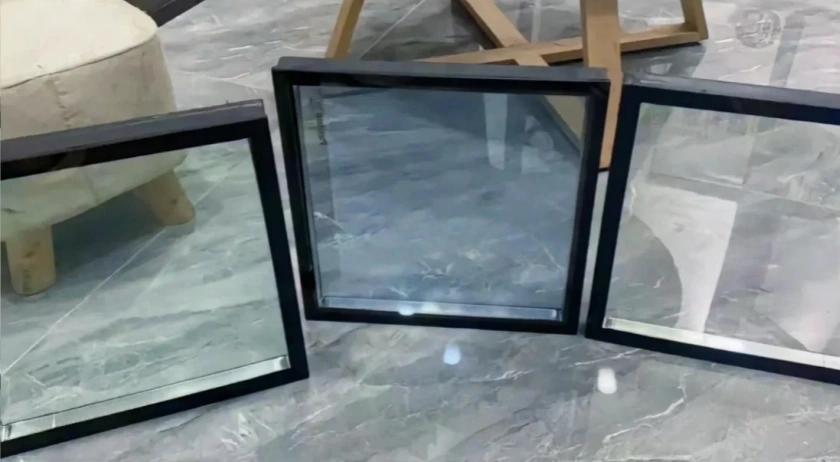
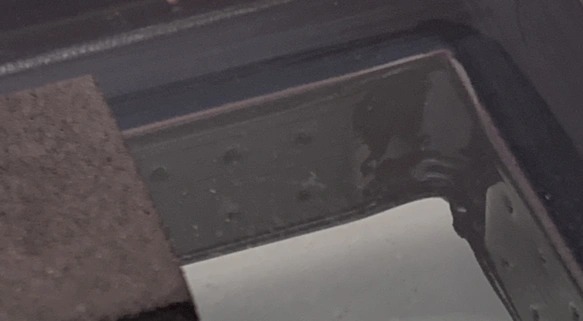



Glasvue provides a wide range of insulated glass manufacturing services to support all your glass projects and market needs. We offer various types of glass, insulated glass spacers, and insulated glass layers tailored to your specific requirements.

Insulated glass, also known as double glazing or triple glazing, is produced by combining two or more glass panes separated by a spacer and sealed around the edges to create an insulating air or gas-filled space.
Since insulated glass is not simply a single piece of glass but is composed of multiple parts, different combinations can significantly enhance certain properties of the insulated glass.
Insulating glass reduces the glass’s heat transfer coefficient via a dry, sealed air layer, which is much lower than that of a single – pane glass. Its thermal insulation performance can be further enhanced by filling it with inert gas or using low – E glass.
IGUs offer remarkable noise reduction, capable of attenuating sound by approximately 30 decibels. Filling the cavity with inert gas improves soundproofing, particularly for specific frequency ranges.
The sealed cavity of IGUs is filled with dry gas, maintaining minimal water vapor content and a dew point below -40°C. This ensures that IGUs remain resistant to condensation even in extremely low temperatures.
‣ Loading: Place the glass sheets onto the production line.
‣ Film Removal: For low - e glass, the film layer on the edge needs to be removed before laminating to prevent oxidation.
‣ Cleaning: Thoroughly clean the glass to ensure the surface is free of dirt and impurities.

‣ Automatic Bending: Use an automatic bending machine to form spacer frames from aluminum strips or other materials.
‣ Filling with Desiccant: Fill the spacer frames with desiccant to absorb moisture between the glass layers.
‣ Applying Butyl Sealant: Apply butyl sealant to the spacer frames, ensuring there are no breaks or gaps.

‣ Framing: Assemble the cleaned glass sheets with the spacer frames.
‣ Sheet Combining: Combine multiple glass sheets to form the insulated glass structure.
‣ Sealing: Apply sealant to the edges of the glass, typically using a dual-seal system.
‣ Curing: Allow the assembled insulated glass to cure, ensuring the sealant is fully set.
At GLASVUE, in addition to customizing insulated glass based on your specified dimensions and thickness, you can also provide parameters such as external reflective color, light transmittance, and U-value. We will create a tailored glass solution to meet your needs.

Regular insulated glass price range from $2.8 to $18 per square meters. It depends on the actual insulated glass requirements, such as sizes and required specifications. If there is special requirements on more factor like light transmission and more process, it price also rises. You can send us your insulated glass requirements to get an accurate quote. In addition, the buying quantity and logistics costs from China can add to all the cost. You can ask our specialists for help.
The U-value represents the thermal conductivity coefficient of glass, measuring the rate of heat transfer through the glass. The lower the U-value, the better the insulation performance. Generally, the U-value of insulated glass is about half that of ordinary single-pane glass, making insulated glass more effective in retaining heat and saving energy.You can consult our specialists with anything.
Experience the quality of GLASVUE glass firsthand with a complimentary sample tailored to your project requirements.
Let us design a glass solution that perfectly aligns with your unique architectural vision and technical specifications.
Access detailed technical data sheets for GLASVUE’s architectural glass products, including performance metrics and installation guidelines.
Gain inspiration from our curated collection of successful GLASVUE installations worldwide, showcasing innovative applications of architectural glass.
© All Copyright 2024 by GLASVUE | Privacy Policy